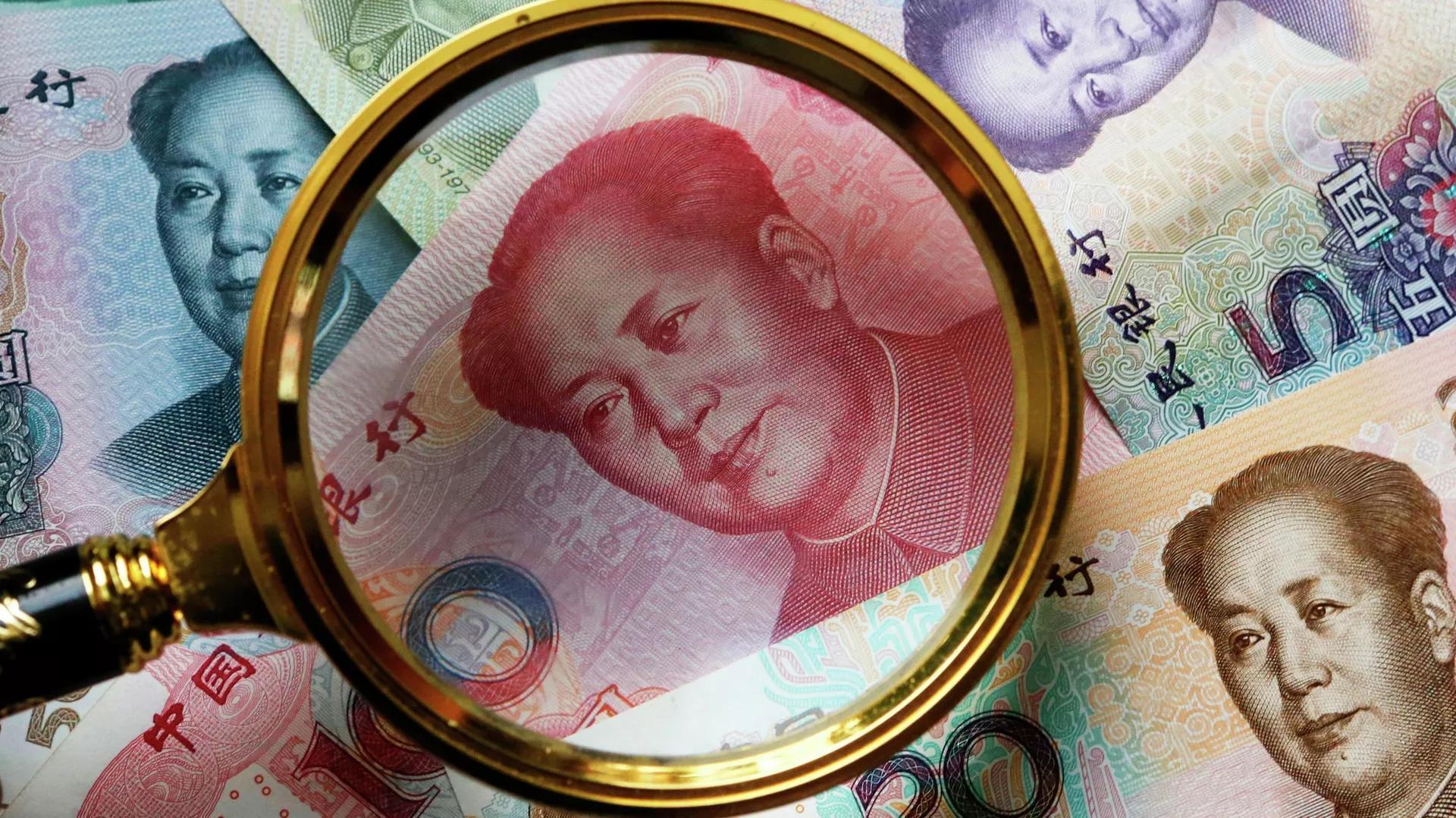Africa-Press – Mauritius. China issued a 24-point guideline for improving the climate for foreign investment and attracting more funds. Dr. John Gong, professor of economics at the University of International Business and Economics in Beijing and a China Forum expert believes that it’s a timely measure which could prove successful.
On August 13, the State Council of the People’s Republic of China outlined a set of measures aimed at improving the nation’s investment climate in six areas, including ensuring national treatment for foreign-backed enterprises and strengthening the protection of foreign investment.
The guideline was announced after the Biden administration slapped restrictions on US investments in China’s sensitive technological areas. The set of 24 measures is a direct response to the executive order from the United States President Joe Biden, as per Dr.
John Gong. Despite facing certain challenges, the Chinese economy appears to be in a better shape than that of its Western peers. China’s growth rate has slowed to 6.3% this year, is still the highest in the world among major economies, and with only 2% inflation.
For comparison’s sake the US growth rate amounted to 2.4% in the second quarter of 2023, a slight uptick from 2% in the first quarter. As per the US inflation, it rose 3.2% from a year ago in July, and 0.2% from June, indicating that the Federal Reserve has yet to tame soaring prices.
Meanwhile, the US leadership is trying to downplay Beijing’s successes and divert the American public’s attention from domestic woes ahead of the 2024 election.
Thus, earlier this month Joe Biden told Americans during a political fundraiser in Utah that “China is a ticking time bomb” and that it is “in trouble.
” What’s Behind the US De-Risking Strategy?
Washington has long been seeking ways to contain China’s rise, insisting that the People’s Republic’s development poses a challenge to the “rules-based” order. To that end, the Trump administration started a tariff war with Beijing and launched a crusade against Chinese telecom giant Huawei.
For its part, the Biden administration has largely followed in Trump’s footsteps in this respect, restricting China’s access to US semiconductor technology, passing the CHIPS Act bill, and most recently curbing US investments in the nation’s hi-tech area.
Despite Washington’s taking draconian measures against Huawei, the company not only didn’t bite the dust, it is expanding its business and is currently about to reenter into the handset manufacturing industry with its own produced semiconductor chip, per the expert. He noted that reportedly, the company has employed a seven nanometer technology. In the last quarter, Huawei’s revenue is actually increasing.
This clearly shows that the outcome of the US crusade against the telecom giant is the exact opposite to what Washington expected “because it is actually preparing Chinese companies for developing further its own technologies, its own indigenous technologies,” according to Dr.
Gong. Western Companies Stay Interested in Growing China Market It is likely that foreign players will capitalize on the measures outlined by China’s State Council, per the academic.
One should bear in mind that the 24-point guideline is just part of a broader package proposed by the Chinese government to attract investments and further reinvigorate the economy, he noted.
The measures are designed to provide a win-win solution to both China and its partners, which could grab the opportunity to explore the nation’s vast market.
Despite doubling down on decoupling strategy the US retains dependence on China as the two economies remain intertwined. Thousands of US manufacturing facilities are still operating in the People’s Republic.
Even though US imports from China were down 24% from the same period one year ago through the first five months of 2023, the Chinese products still account for roughly 1 out of every 6 dollars Americans spend on imports.
The annual value of US imports from China, adjusted to inflation, fluctuates around $540 billion. According to the US press May 2023 report, the US gets some 90% of the active ingredients in pharmaceuticals and antibiotics, 40% of its apparel, and 48% of its electronics from China, to name just a few industries. Under these circumstances a rapid decoupling seems to be a long shot for the Biden administration despite bold statements.
For More News And Analysis About Mauritius Follow Africa-Press







